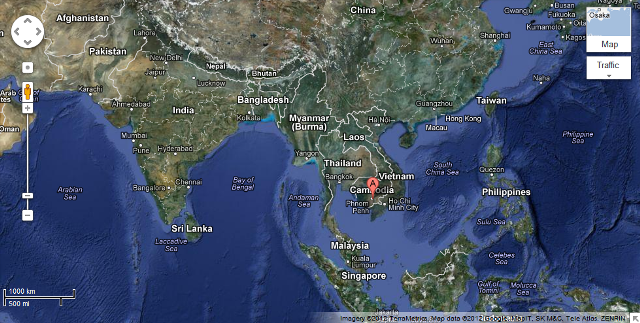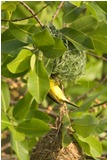Weaver news
| Gilbert M, Sokha C, Joyner PH, Thomson RL, Poole C. 2012. Characterizing the trade of wild birds for merit release in Phnom Penh, Cambodia and associated risks to health and ecology. Biological Conservation 153: 10-16  Map: the study site Abstract. Demand for captive wild animals for the purposes of religious or ‘merit’ release has led to establishment of a large commercial trade in many parts of East and South Asia. The practice is associated with a number of risks to the integrity of wild populations including establishment of non-native species, introduction of pathogens and unsustainable rates of harvest. This study describes the sale of birds for merit release in Phnom Penh, Cambodia over a 13 month period. Birds were available throughout the year with an estimated annual turnover of 688675 individuals. A total of 57 species were observed, all of which were considered native to Cambodia. Health surveys detected 43/415 (10.36%) birds carrying influenza A virus, 1/97 (1.03%) carrying Chlamydophila psittaci, and 4/97 (4.12%) carrying Mycobacterium genavense. Tests for Mycobacterium avium were unable to detect the bacterium. The zoonotic potential of each of these agents presents a risk both to public health as well as to wild populations. Without estimates of pre- and post-release mortality the impact of wild harvests for merit release cannot be assessed with certainty. However, 12751 individual observations of the globally Near Threatened Asian golden weaver (Ploceus hypoxanthus), represents a significant portion of the estimated global population and is a cause for concern. Also of conservation concern are the low numbers of red avadavat (Amandava amandava) and yellow-breasted bunting (Emberiza aureola), both species that have undergone heavy declines due to historical over-exploitation, the latter now being classified as globally Vulnerable. The number of weavers counted in Phnom Penh during 353 visits in 2006 and 2007, extracted from Table 1 of the paper:
The Asian Golden Weaver is listed as Near Threatened and its estimated global population is only 10000–19999 birds mature individuals, probably equating to a total population of about 15000-30000 individuals (BirdLife International). Vendors estimate the turnover rate within the cages to be 80–100% per day. This makes the count of 12751 bird days cause for concern and the authors note that it is likely that this could negatively impact the population in the wild. Breeding inrmation for the Asian Golden Weaver may be read here. Literature as featured in Weaver Watch news items |










